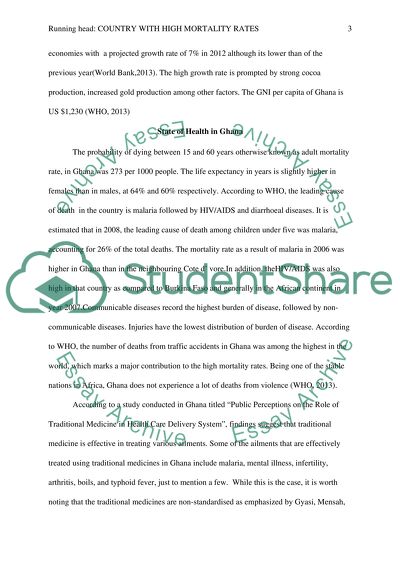Cite this document
(“Country with High Mortality Research Paper Example | Topics and Well Written Essays - 1500 words”, n.d.)
Retrieved from https://studentshare.org/nursing/1486156-country-with-high-mortality
Retrieved from https://studentshare.org/nursing/1486156-country-with-high-mortality
(Country With High Mortality Research Paper Example | Topics and Well Written Essays - 1500 Words)
https://studentshare.org/nursing/1486156-country-with-high-mortality.
https://studentshare.org/nursing/1486156-country-with-high-mortality.
“Country With High Mortality Research Paper Example | Topics and Well Written Essays - 1500 Words”, n.d. https://studentshare.org/nursing/1486156-country-with-high-mortality.


